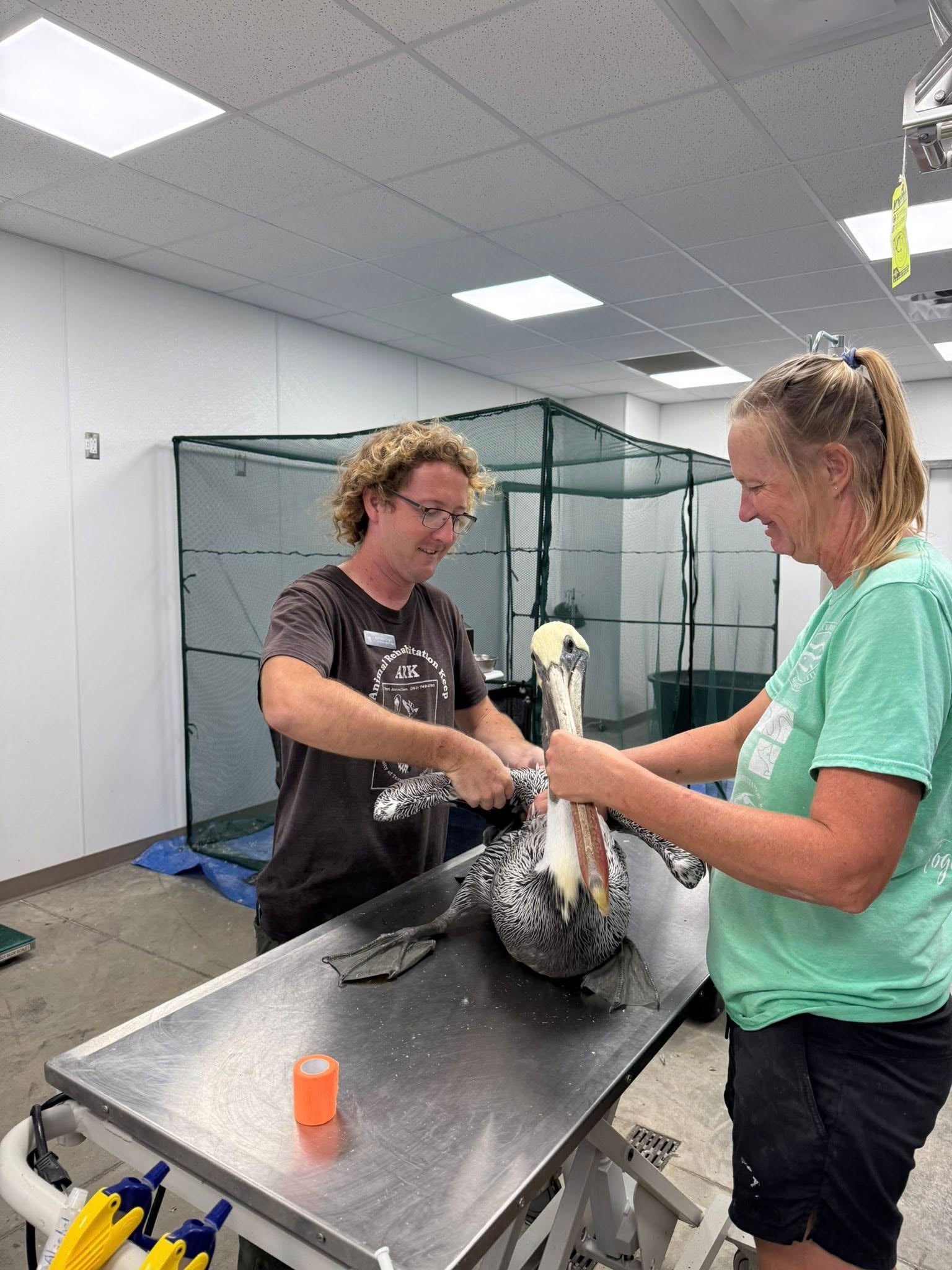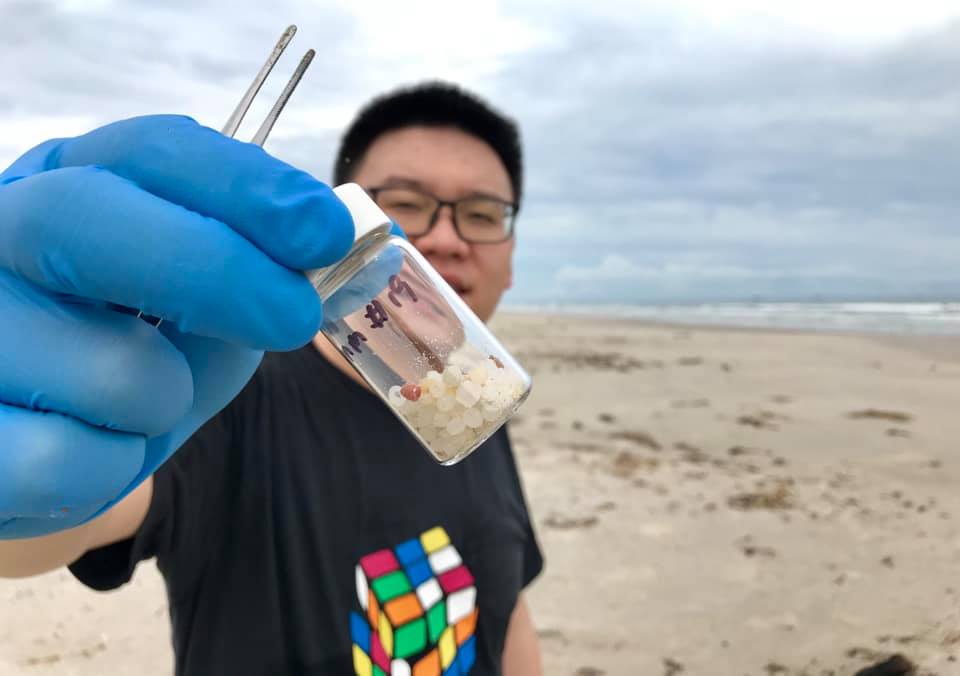News
New Assistant Professor Positions
The Department of Marine Science at The University of Texas at Austin seeks to fill two tenure-track assistant professor positions in the fields of Physical...
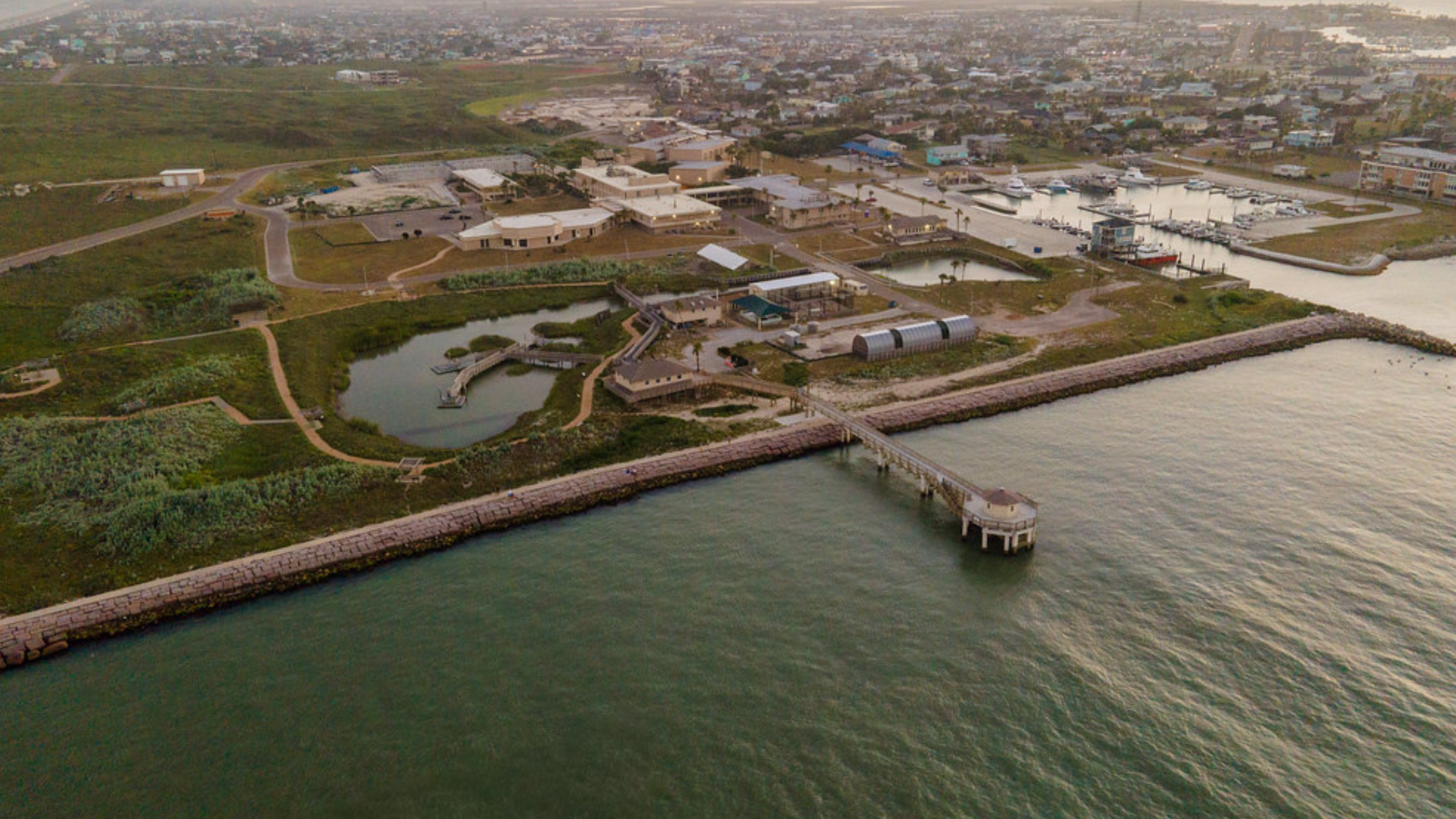
Fast Solutions for an Urgent Problem: Genetic Identification for the Protection of Sharks and Rays
A new scientific paper describes how protecting shark and ray populations from the black-market wildlife trade can begin with DNA analysis.

Now accepting applications for Semester by the Sea in Spring 2026!
Spend a semester on the coast and dive into cutting-edge research with this comprehensive spring program for UT undergraduates. Semester by the Sea combines coursework...
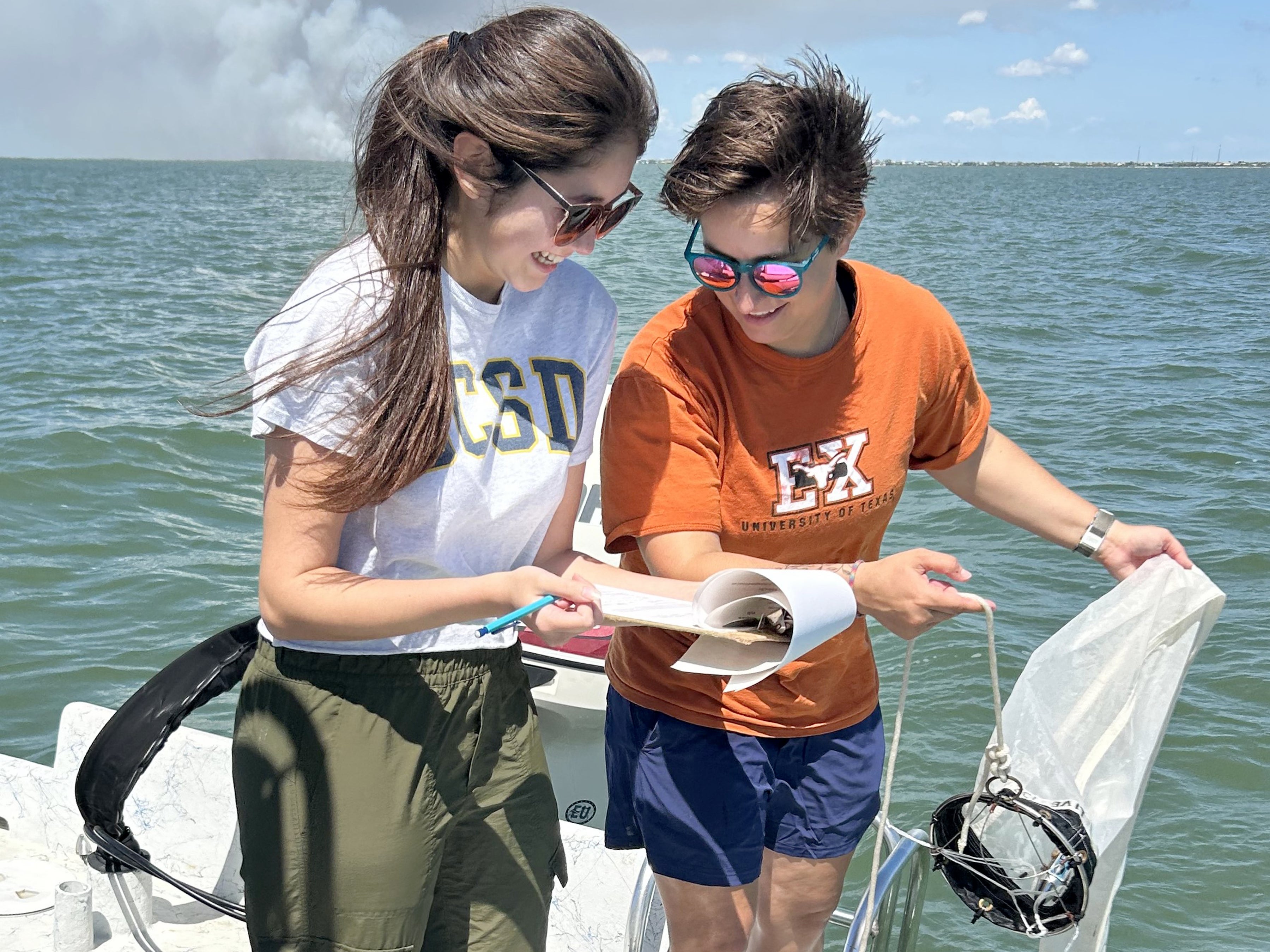
Institute Insights 2025: Issue 3
For the second year, Institute Insights shares 2025 UTMSI stories, bridging research and public understanding.

Marine Science Newsletter: Issue 35
Issue 35 highlights UTMSI’s research, events, and achievements from January to May 2025, keeping the community informed and engaged.
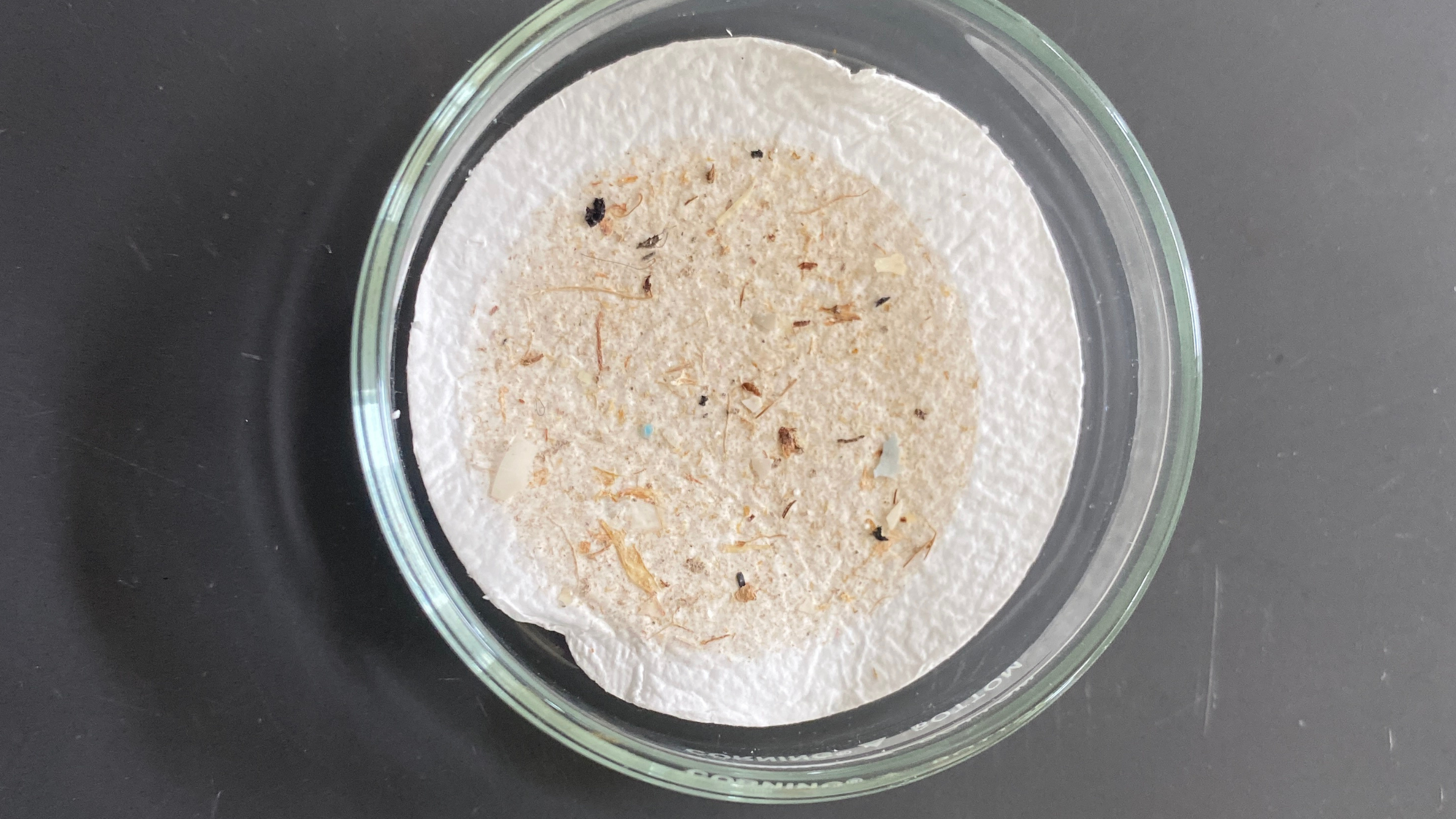
Study Finds Early Signs of Widespread Coastal Marsh Decline
The early warning could help the ecosystems that are key to preventing flooding, UT marine science researchers say.

Deep Microbial Life Beneath Lavey-les-Bains Reveals Surprising Resilience
Microbes beneath Switzerland’s Lavey-les-Bains Thermal Spa stay stable year-round, revealing the resilience of subsurface life and its role in Earth’s carbon cycle.


